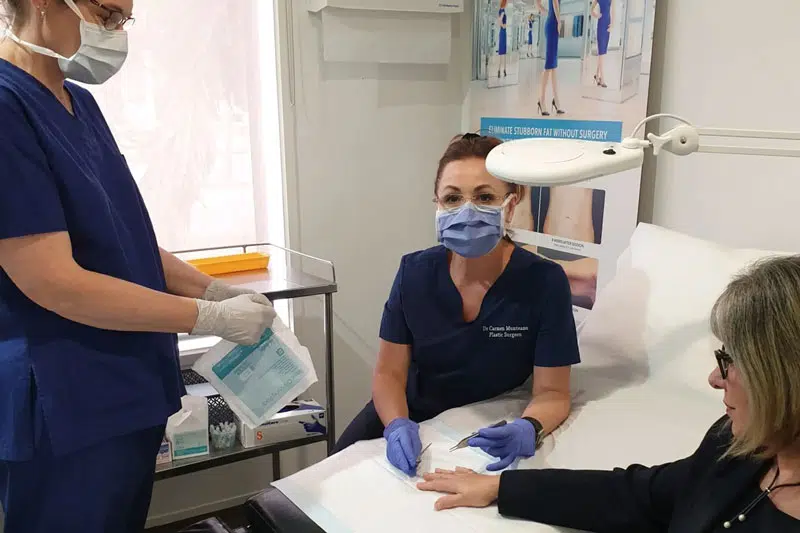Posted on by Dr Carmen Munteanu FRACS (Plas)
Breast Implant Placement



She offers a range of procedures focusing on aesthetic breast and body surgery, including Breast Reduction (Reduction Mammoplasty), Breast Lift (Mastopexy), Breast Augmentation, and Abdominoplasty/Body Surgery procedures tailored to individual needs.
Dr Carmen takes a patient-centred approach, considering each individual’s health, goals, and personal circumstances when planning treatment. Known for her attentive care and clinical experience, she provides thorough consultations and ongoing support throughout the surgical journey.
